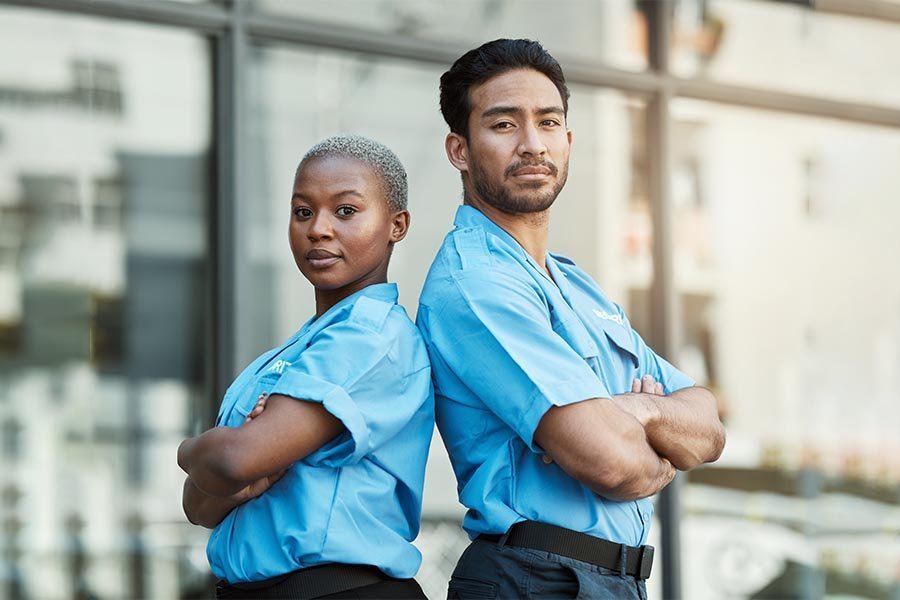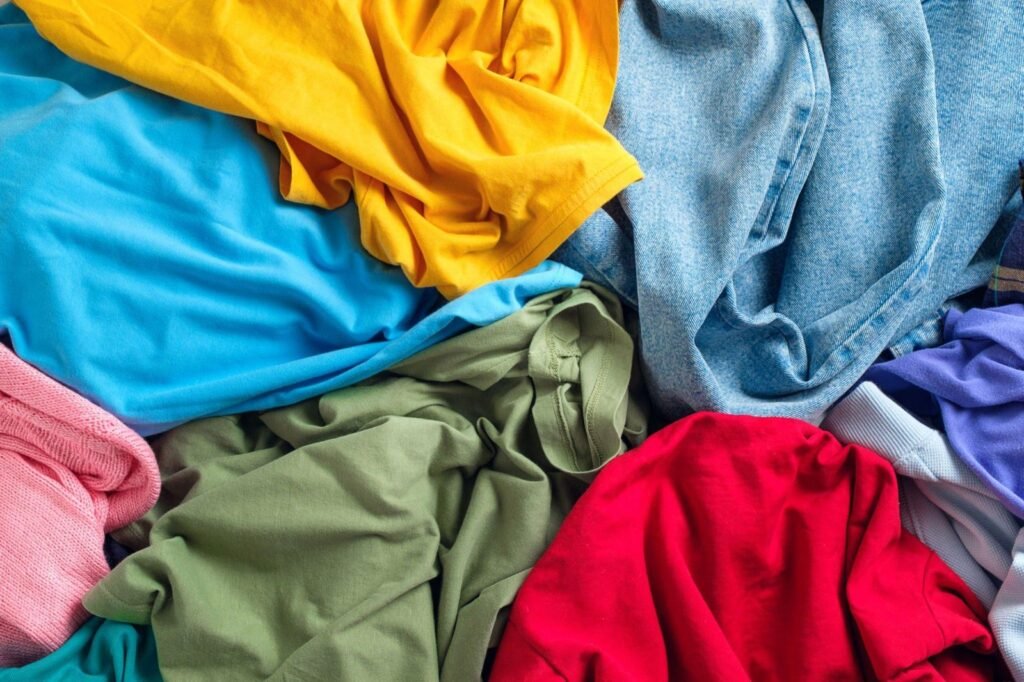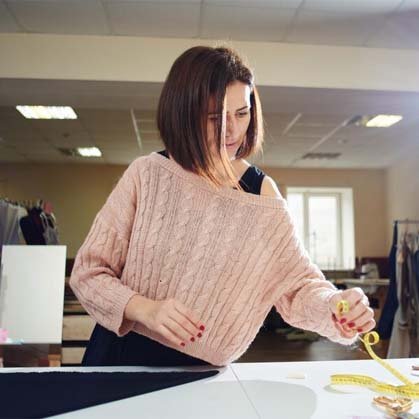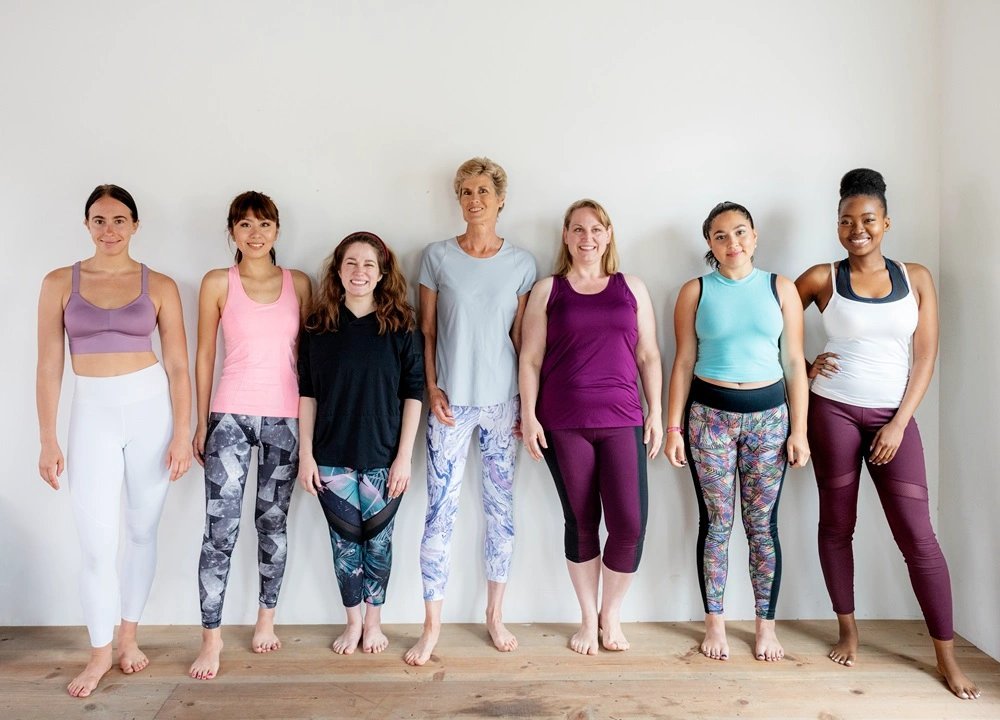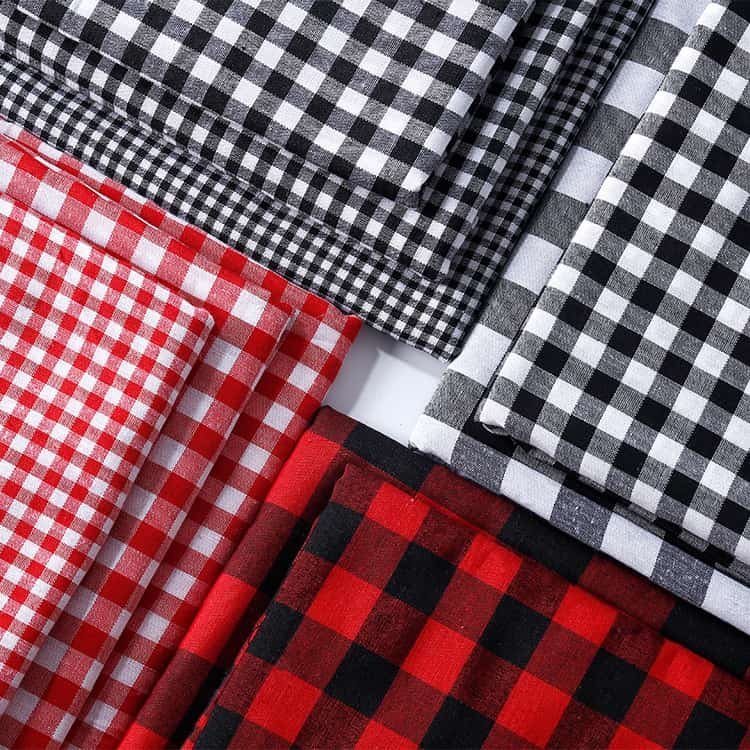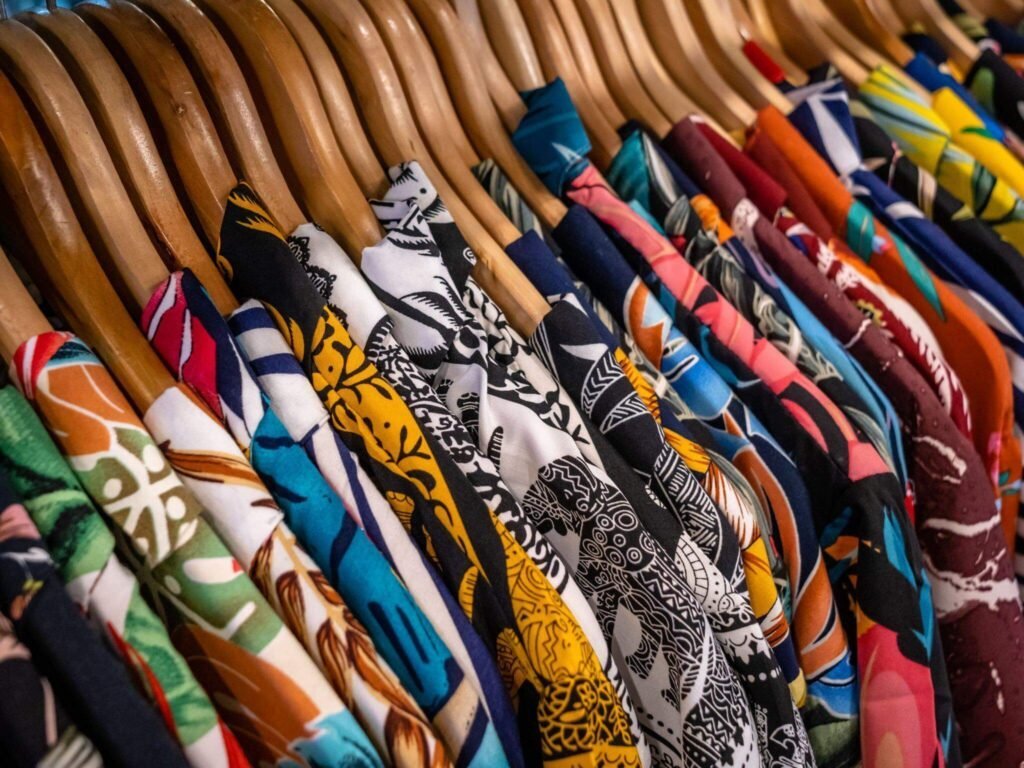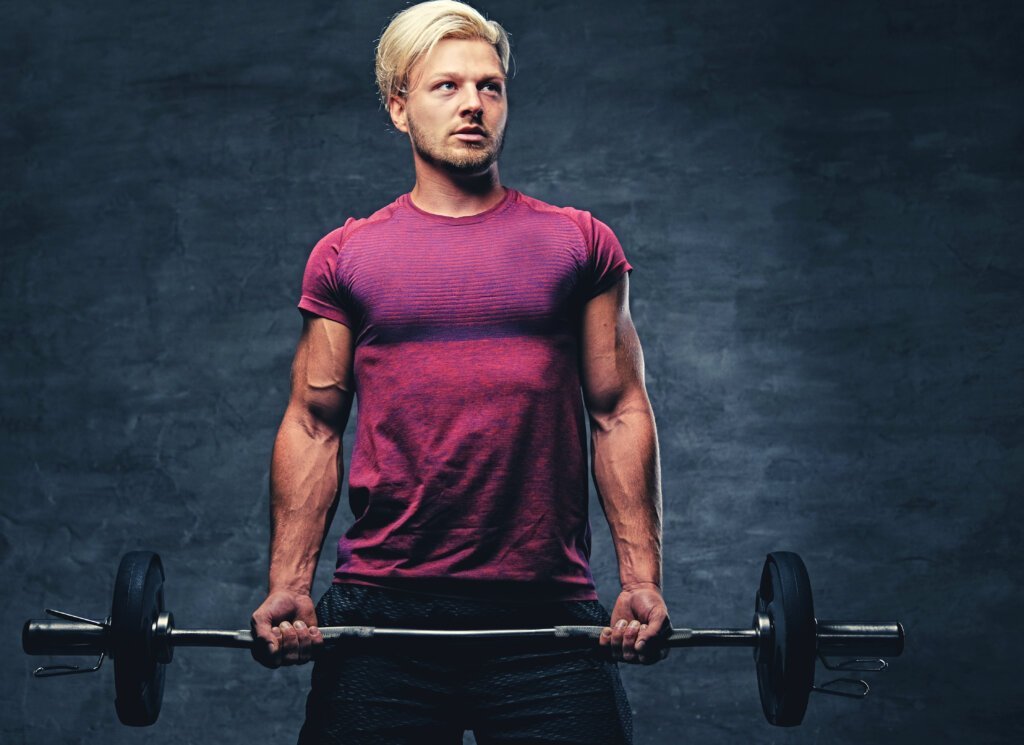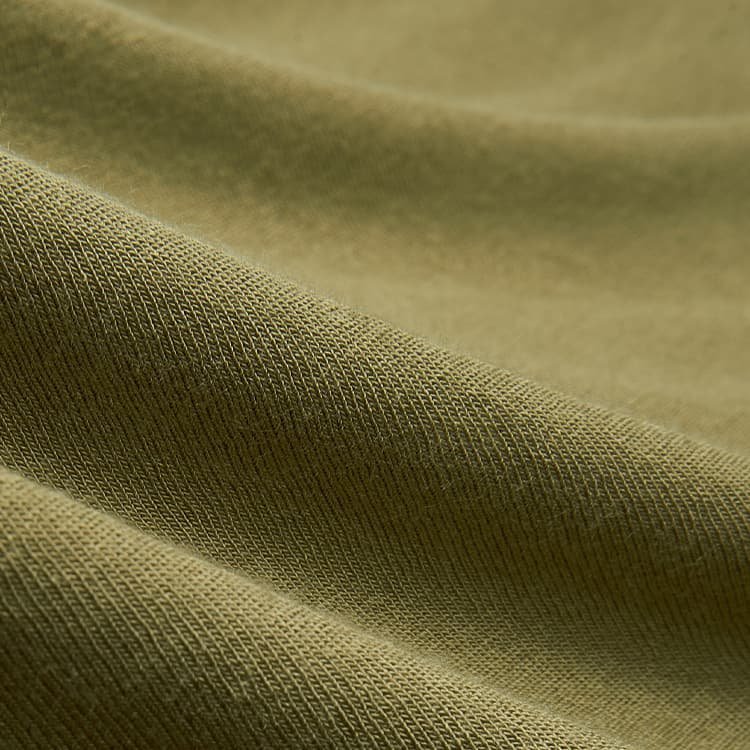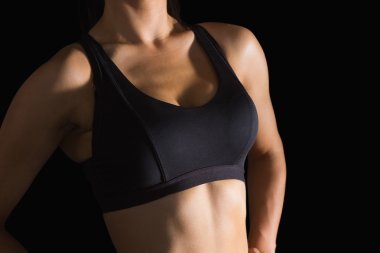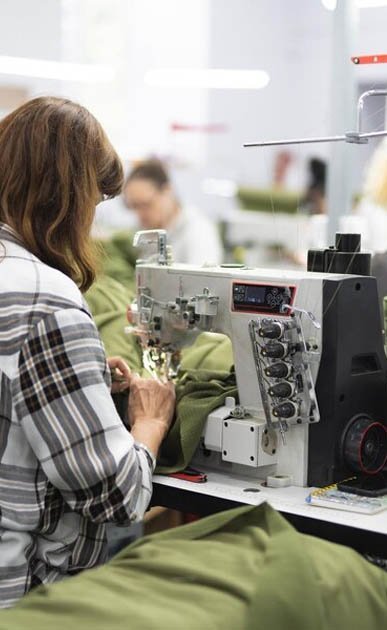Fashion and the desire to create attainable works of art may motivate you to create clothing brand. This thorough guide is your go-to companion as we lay out 10 simple yet crucial stages that will enable you to start a clothing brand and navigate it successfully. We will walk you through every step of starting a successful apparel company that reflects your individual vision and entrepreneurial attitude, from conception to materialization.
How To Start a Clothing Brand – 10 Easy Steps
Step 1: Define Your Niche and Unique Selling Proposition (USP)
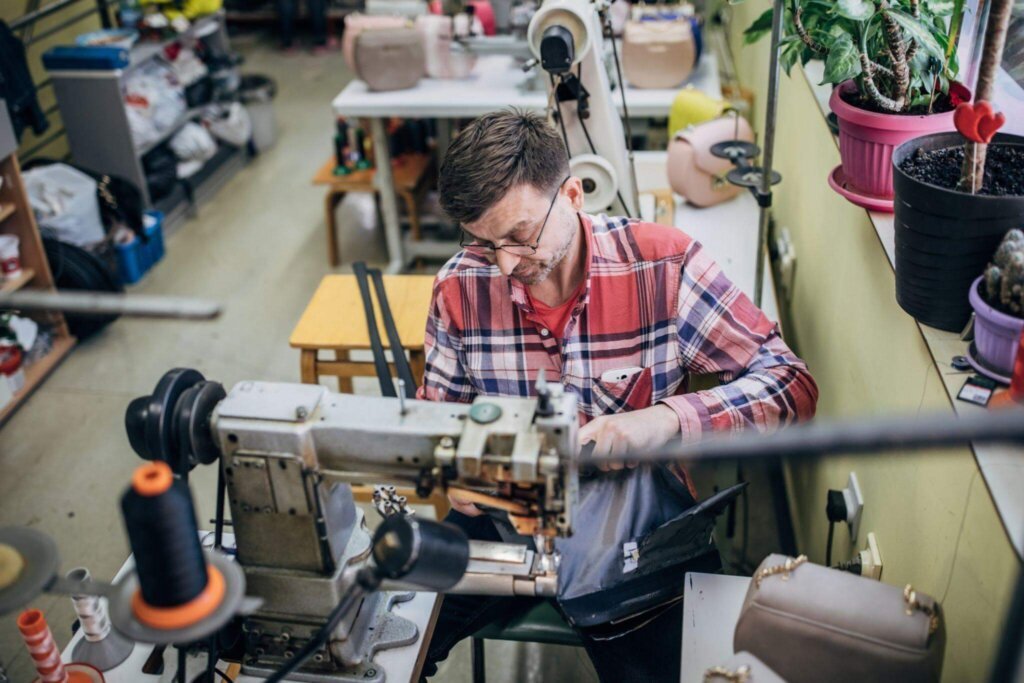
Take some time to identify your specialty or the particular area of fashion you want to concentrate on before you plunge into clothes entrepreneurship. This is your chance to establish a niche for your business in an extremely competitive sector. Examine consumer desires, market trends, and any voids your brand might be able to fill.
What distinguishes your clothesline from competing brands is your Unique Selling Proposition (USP). It might be anything that makes your brand stand out, such as eco-friendly materials, dedication to inclusion through sizing, or a distinctive design style. Your USP serves as the cornerstone for starting a clothing line and establishing your brand’s reputation and identity.
Step 2: Market Research and Target Audience
For a thorough understanding of the environment in which you’ll be working, conduct considerable market research. Learn about your target market’s tastes, demographics, buying habits, and problems.
This information can assist you make informed design decisions, develop a pricing strategy, and plan marketing campaigns. If you customize your services to meet your audience’s wants and needs, you can build a devoted following.
Step 3: Create a Business Plan

You need to devise a solid business strategy to succeed with your clothes brand. In addition to analyzing your target market and competitors, your business plan should include your brand’s mission, vision, and goals.
It also explores your marketing goals, financial forecasts, and business operations. A strong business plan acts as a road map, directing your choices and offering direction for the development of your brand. It can also be very important when looking for funding or partnerships.
Costing
When you start a clothing business, your business plan should clearly show how much everything will cost. This will help you plan for the future and achieve your goals and ensure you have enough money to make your clothing line work.
- Manufacturing cost: One of the most expensive parts of starting a clothing business is the clothing manufacturing cost. These costs will depend on the quality of the goods and how you buy them.
- The Cost of Storage and Shipping: Logistics, which includes storage and shipping, used to be a high business cost. Fulfillment warehouses and drop shipping have helped to cover some of the costs in recent years.
- Website Cost: If you want to sell things online, you need a website. It lets people find out more about your brand and buy your clothes. A professional website designer can’t charge more than $10,000 to make a custom website for a small business.
- Marketing costs: Marketing is important if you want people to know about your clothing line. Online marketing is very cheap and saves money compared to traditional marketing methods.
- License or Business Permit Costs: To do business legally, you will need permits and licenses. What you pay will depend on how big and kind of business you have and what state you live in.
- Labor Costs: An employee’s salary will depend on where they live, what they do, and how much they know and have done.
Step 4: Brand Name and Logo
Names and logos serve as the foundation of your brand. Choosing a brand name that is memorable, appealing to your target market, and relevant to your niche is important. By designing a logo that reflects your brand’s values and identity, you should convey those values and identities. To avoid future legal issues, be sure to confirm trademark availability. The visual and conceptual anchors buyers will associate with your apparel line are your brand name and logo.
Step 5: Design Your Clothing Line
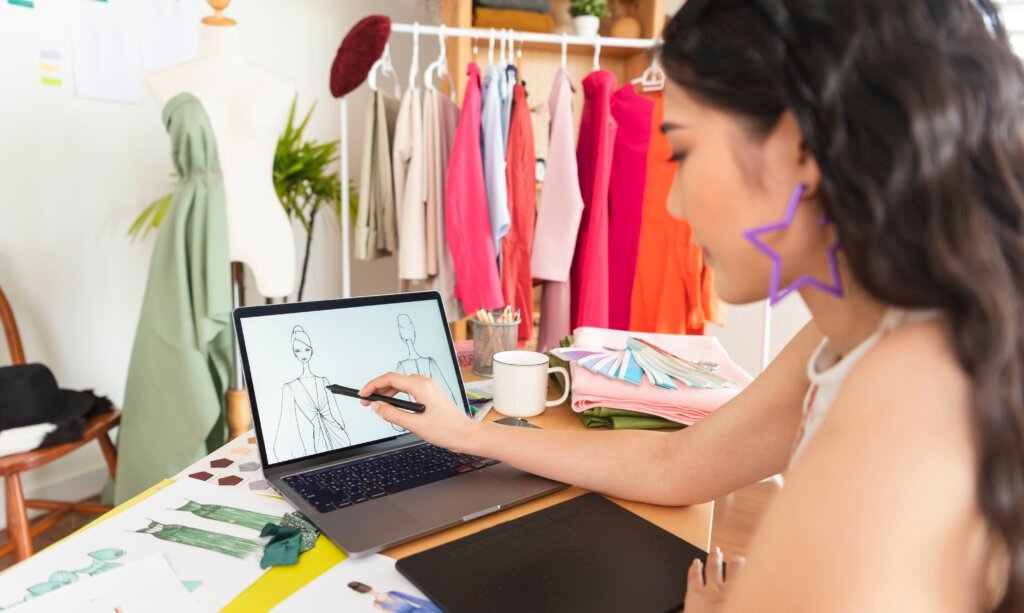
The creative stage of starting a clothing brand, where you design your clothesline, is now. Consider your target market, USP, and specialty as you realize your vision. Choose the designs, substances, color schemes, and sizing options that complement your brand identity and satisfy the tastes of your target market. Developing an organized collection that tells a story or adheres to a theme can make a clothing brand more appealing and memorable to shoppers.
Step 6: Source Materials and Suppliers
The fashion business places a high priority on quality. Research and build relationships with dependable vendors to find the fabrics, trimmings, and other materials you’ll need for your clothing line. The choice of materials can significantly influence your products’ general quality and longevity. To preserve your brand’s reputation and guarantee timely manufacturing, consistency in sourcing is essential.
Step 7: Manufacturing and Production
Choose whether to start your own clothing line yourself or hire clothing manufacturers. Cost, control, and scalability are a few factors each choice has in its favor and against. Regardless of your decision, enforce stringent quality control to guarantee that your goods adhere to your established standards. Ethical production methods also impact the reputation of your brand.
If you’re considering partnering with clothing manufacturers, conducting thorough research and due diligence is essential. Do learn how to find clothing manufacturers to identify potential partners, read reviews, and assess their capabilities. Don’t hesitate to request samples and visit their facilities to evaluate their production processes firsthand.
Step 8: Build an Online Presence
A strong online presence is crucial in the digital age. Create a professional website highlighting your company’s name, goods, and narrative. Create a presence on social media channels where your target audience is active. Share captivating pictures and material that accurately represents your brand. Customers can be attracted and kept with a user-friendly website and strong social media involvement.
Step 9: Marketing and Brand Promotion
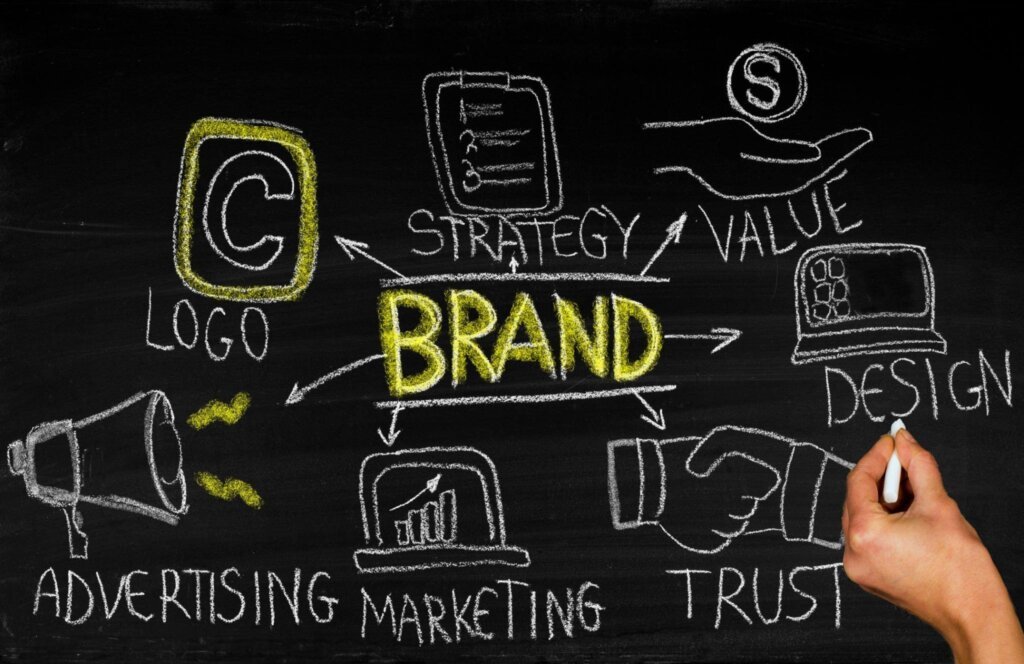
Create a thorough marketing plan that includes both online and offline initiatives. Social media marketing, influencer partnerships, email marketing, and search engine optimization (SEO) effectively raise brand awareness. Organize a launch party, participate in a fashion show, or open a pop-up shop to generate excitement about your business.
Your budget will be small at first, but you can still get people’s attention with creative and natural ideas:
- Content marketing is worth the money. Use optimized videos or blog posts focused on certain keywords to get people to visit your site.
- Make an email list before you even start. Tease your upcoming clothing line on social media and offer special deals to get people to sign up.
- Give your clothes to other businesses (like beauty brands) for photo shoots to get shoutouts and more attention.
- Find up-and-coming stars on Instagram or TikTok to promote your brand through influencer marketing.
Step 10: Launch and Beyond
With a well-planned approach, launch your apparel brand. Special discounts, promotions, or collections will encourage people to learn more about your company. Alter and improve your products and services based on customer feedback. Stay updated on market developments and consumer tastes as you modify your brand over time to stay enticing and relevant.
Why Start a Clothing Business?
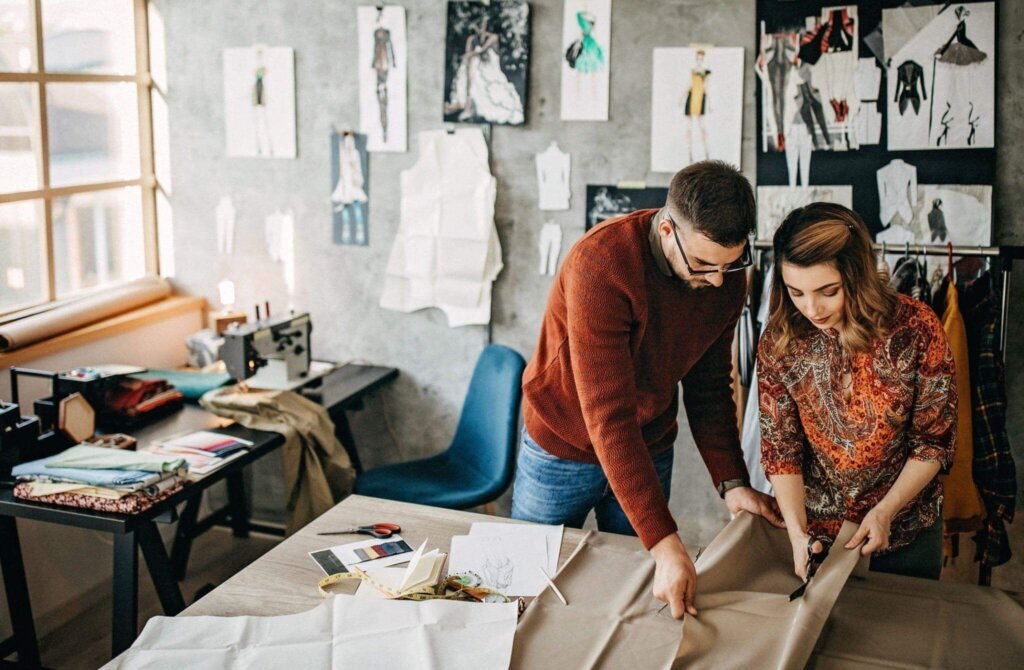
Starting a clothing company offers a unique combination of entrepreneurial potential and creative fulfillment. Fashion and design enthusiasts can use it as a canvas to display their creative vision. The industry’s steady demand, opportunity for personal branding, and niche targeting are other factors that make it a desirable business.
Additionally, the changing environment encourages creativity, whether in environmental practices or novel marketing strategies. However, difficulties like intense competition, complex supply chain management, and changing trends necessitate careful thought. In addition to financial gains, overcoming these obstacles can result in the joy of creating a brand that connects with consumers in a competitive market.
What Is The Most Profitable Clothing Line?
To start own clothing line, you need to have a knowledge of what clothing line in the fashion industry is on boost and will profit you. Based on variables including the target market, pricing strategy, brand recognition, and operational effectiveness, the profitability of a clothing line can vary greatly.
However, some clothing lines have traditionally demonstrated more profit potential due to elements like brand recognition, exclusivity, and customer demand. Some examples are as follows:
- Luxury and High-End Fashion: Due to their high-end craftsmanship, prestigious brand names, and few available items, luxury clothing lines from well-known designers and fashion houses sometimes attract outrageous prices.
- Athleisure and Activewear: Activewear and Athleisure have recently become increasingly popular. Numerous companies have benefited from the need for fashionable, comfortable fitness attire that looks good in informal contexts.
- Streetwear: Urban and youth-oriented Streetwear brands have significantly increased in popularity and profitability.
- Fast Fashion: Fast fashion brands have become well-known due to their capacity to swiftly copy and provide trendy trends at low costs, even though profit margins may not be as high due to competitive pricing.
- Sustainable and Ethical Fashion: Sustainable and ethical clothing brands are expanding as consumer awareness of ethical and environmental issues rises. A devoted following of customers willing to pay more for a product might be attracted to brands emphasizing eco-friendly materials, fair labor methods, and transparent supply chains.
- Children’s and Baby Clothing: The constant demand for children’s apparel makes this segment profitable. Parents often are eager to spend money on stylish, high-quality clothing for their children.
You’ve got a lot of profit potential in these categories. However, you must remember that success isn’t overnight and depends on many factors, like marketing, a strong brand identity, and great products.
It is also important to note that fashion trends can change quickly, impacting the profitability of different clothing lines. Identifying your target market, developing a clear business strategy, and conducting in-depth market research is key to launching a successful clothing line.
Ending Note
This thorough guide has revealed the 10 basic steps that provide the foundation on how to create a clothing brand, providing inspiration and direction. Every action reflects creativity and passion, from developing your unique selling proposition to building a great web presence. Entrepreneurship in the fashion industry provides a chance to leave your mark while accepting challenges as learning opportunities and trends as progressions.
By following these guidelines, your clothing line will enhance the world and define its own classic elegance, laying the groundwork for a successful journey through the dynamic worlds of fashion and commerce. In this entrepreneurial tapestry, your dream, brand, and future are all brought to life stitch by stitch.


